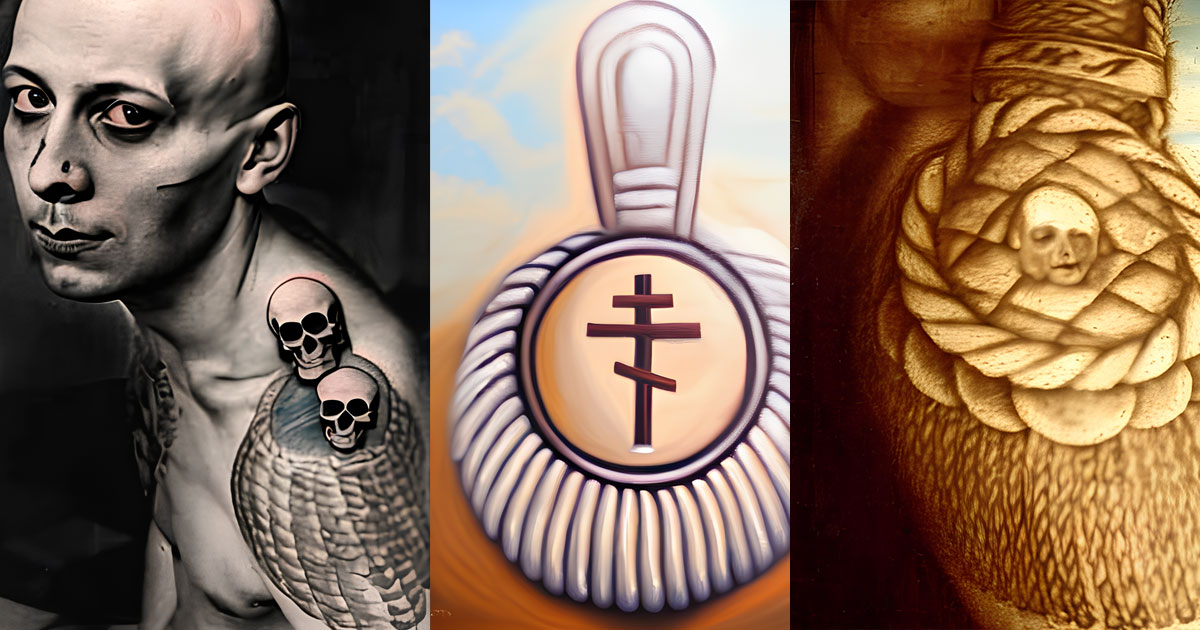Prison Authority with Epaulettes
1. What is a criminal authority in Russia?
In the Russian criminal system, a criminal authority (also known as a "thief-in-law" or "vory v zakone" in Russian) is a high-ranking member of the criminal underworld who has gained a significant amount of power and influence within the criminal community. Criminal authorities are often known for their leadership skills, ability to resolve disputes, and their knowledge of criminal activities. They are also recognized by their tattoos, specific language, and codes of conduct.
2. Who is considered a criminal authority?
A criminal authority is someone who has risen through the ranks of the criminal world and has gained the respect and loyalty of other criminals. They are typically involved in organized crime, and have a reputation for being able to make decisions quickly and effectively. Criminal authorities are often feared by both law enforcement and other criminals, and are seen as powerful figures within the criminal community. However, it is important to note that being a criminal authority is illegal in Russia, and those who are identified as such can face significant legal consequences.
Among the numerous tattoos of Russian criminals, very unusual ones can be found. For example, tattoos of insignia in the form of shoulder boards or epaulettes. These tattoos have no relation to the military theme. However, their presence serves as a kind of sign that the owner belongs to the category of so-called criminal authorities.
As is known, children love to imitate adults. Therefore, very often in places of deprivation of liberty for minors, young prisoners tattoo shoulder boards on their fragile shoulders. To make it clear to everyone in the future where the future "seated" criminal authority took the thieves' "baptism," some minors provide these tattoos with explanatory inscriptions. For example, one respected criminal authority still has epaulettes with the abbreviations VTK (educational labor colony) and DIZO (disciplinary isolation cell) as a memory of the days spent in a reformatory colony. Only a young detainee who has served in DIZO for at least 50 days could make such a tattoo for himself. Some criminal authorities who did not have time to get shoulder boards or epaulettes in their youth tattoo them on themselves in adulthood. Usually, this is a standard drawing with a cross. It means that the owner of such insignia considers himself an ideological thief and is proud of his criminal merits. More advanced "blatari" tattoo whole compositions on their shoulders.
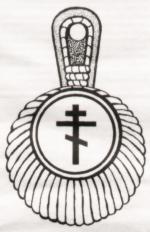
They are no longer similar to shoulder boards as such. However, they feature tiger and lion heads, barbed wire, skulls with bones, swords, clawed paws, and wings. It is not a sight for the faint of heart. Moreover, as a rule, the owners of such tattoos are uncontrollable and strive to violate the regime of detention. So, if the camp guards find such insignia on newly arrived prisoners, they immediately put them on the list of potential troublemakers.
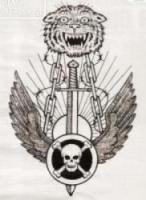
Differences in the shades of the prisoner worldview can be detected by studying the tattoos on the shoulders of their inhabitants. Some criminals, emphasizing their commitment to the idea of monarchy, tattooed images of a two-headed eagle or the emblem of the last Russian emperor on their epaulettes. However, after the two-headed eagle became the state emblem of Russia again, the popularity of such tattoos sharply declined. On the contrary, some inmates use tattoos with the image of shoulder boards as a sign that their owner belongs to the category of "deniers." Especially widespread are tattoos depicting crossed-out epaulettes, which symbolize the rejection of any power or authority.
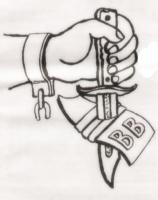
Tattoos in the form of stripes with the disliked letters "BB" (Internal Troops), pierced by a shiv, are particularly common. Thus, these tattoos serve as an illustration to the abbreviation often used by Russian inmates, "SLON" (Death to a snitch from a knife). Getting such tattoos was quite risky. Convoy officers and prison staff, aware of the "sympathies" of the owners of such tattoos, treated them quite harshly and used special means at the first attempt to express dissatisfaction.
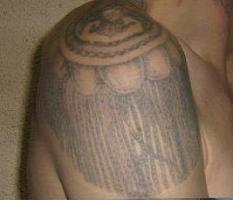
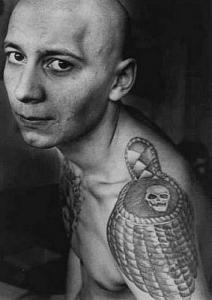
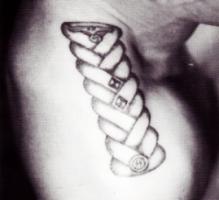
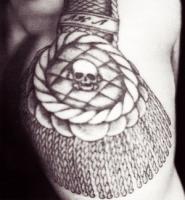
Sergei Shukin,
copies of tattoos were done by Dantzig Baldaev.
Based on the materials of the newspaper "Behind Bars"
(No. 12, 2010).
